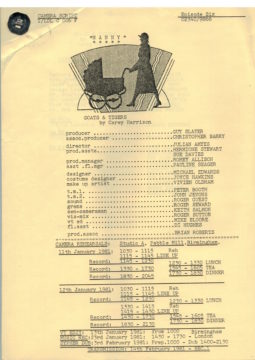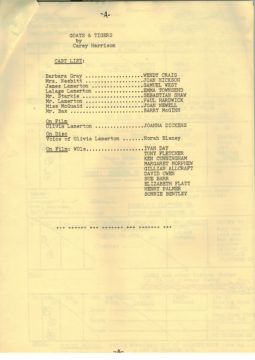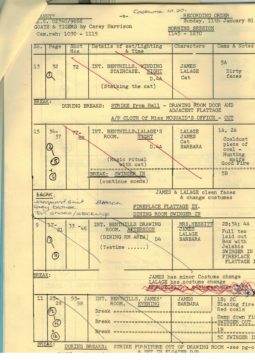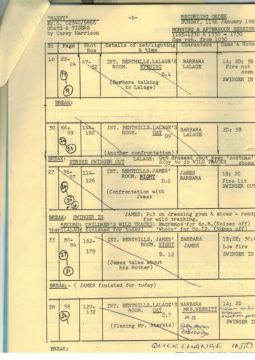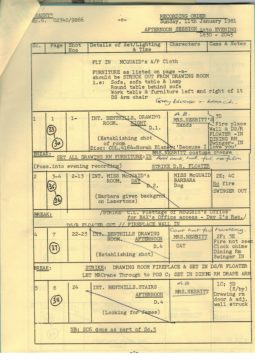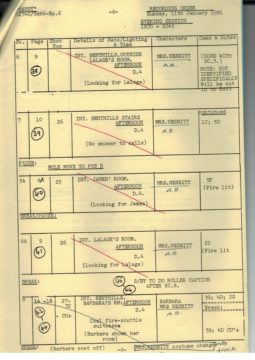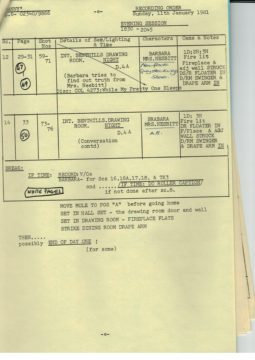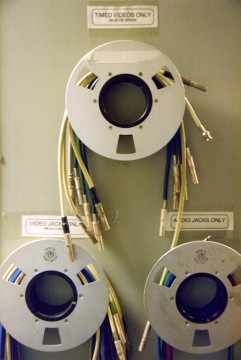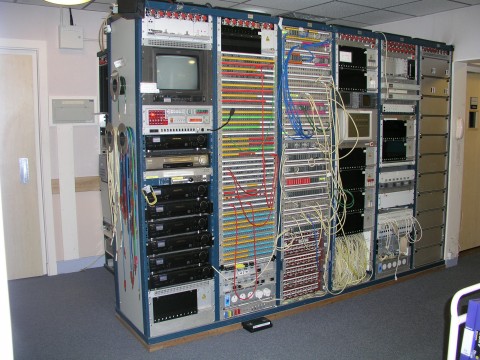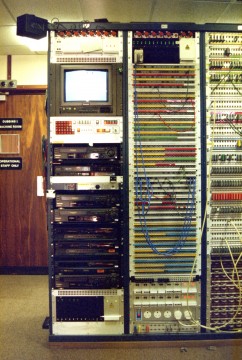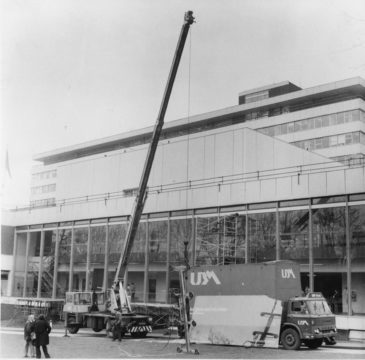
Photographs from Andy Stowe, no reproduction without permission
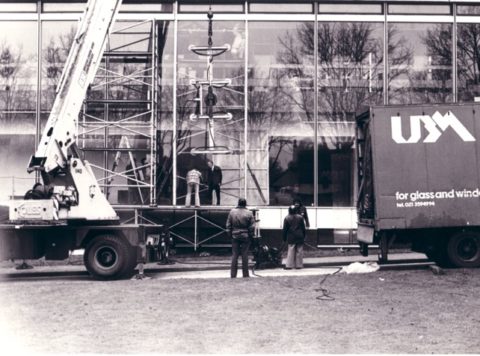
Save
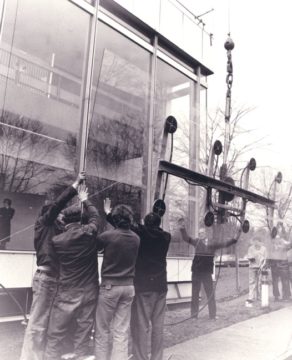
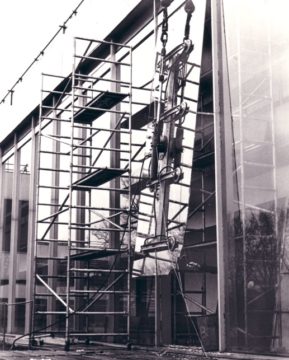
Thanks to Andy Stowe and Malcolm Hickman for this tale from Pebble Mill:
Andy’s father, Pat Stowe, supervised the team of glaziers called in to install a replacement window at Pebble Mill in the late 1970’s. As you can see from the photo, it was a huge piece of glass, in the corridor outside Studio A!
Ray Lee added a comment about the cause of the broken glass:
“The incident I remember, was after a Saturday Night at the Mill, which I worked on. There was an item involving Paratroupers landing on the lawn and the Lighting TM had two large lights shining through the windows to illuminate the area. He checked regularly to make sure the windows were not getting hot, and all seemed well.
The program went well, and all the lights were turned off. That night was a very cold night with a sharp frost. At about 3am there was a loud bang heard by security. The thermal stress had proved too much and both windows that had been warmed cracked. A plastic film was applied to the cracked windows to prevent them falling out while replacement glass was arranged, which had to be imported as a special order as the size was too big for any UK Float Glass company.
The cracked windows were there several months before they were replaced, and when they were, it featured as an item on Pebble Mill at One. When the windows were replaced, the top edge needed an extra wide section of “putty” as the glass was about half an inch short of the top frame! I was there on the day they were put in as well, and remember seeing the gap at the top of the glass before the extra “putty” was applied.”
Malcolm Hickman remembers the incident well:
“I was watching as they removed the old glass. They attached these big suckers to it, took all the trim off and started pulling with the crane. It refused to budge, so one of the men claimed onto the frame that had the suckers mounted on it and started bashing the glass around the edges with a big rubber mallet. It came out in 3 big pieces.”
“No hard hats or safety gear. That would have been my dad!” (Andy Stowe)
The following comments were left on the Pebble Mill Facebook page:
Herbie Donnelly: ‘I believe the light didn’t fall over but was placed too close to the window. Its purpose being to live alone for parachutists to see it as they jumped in on Saturday Night At The Mill. The subsequent heat caused the glass to crack.’
Jayne Savage: ‘ I thought the safety film went on after the Birmingham bombings and because of threats to the building but maybe it was this incident.’
Richard Stevenson: ‘Many happy hours sat by those windows in the days when tea breaks were part of the drama schedule and as the trainee, you were dispatched with loose change from the camera crew to get the tea in at the time of the allotted break.’
Keith Ackrill: ‘I also think the film was added to avoid splinters after an explosion. I also believe the light was too close to the glass, but not as a guide for parachutist. I believe it was for some routine to be shot there, and the lamp was left there too long. I cannot recall any parachutist landing on the lawn after dark.’
Save
Save
Save
Save
Save
Save


